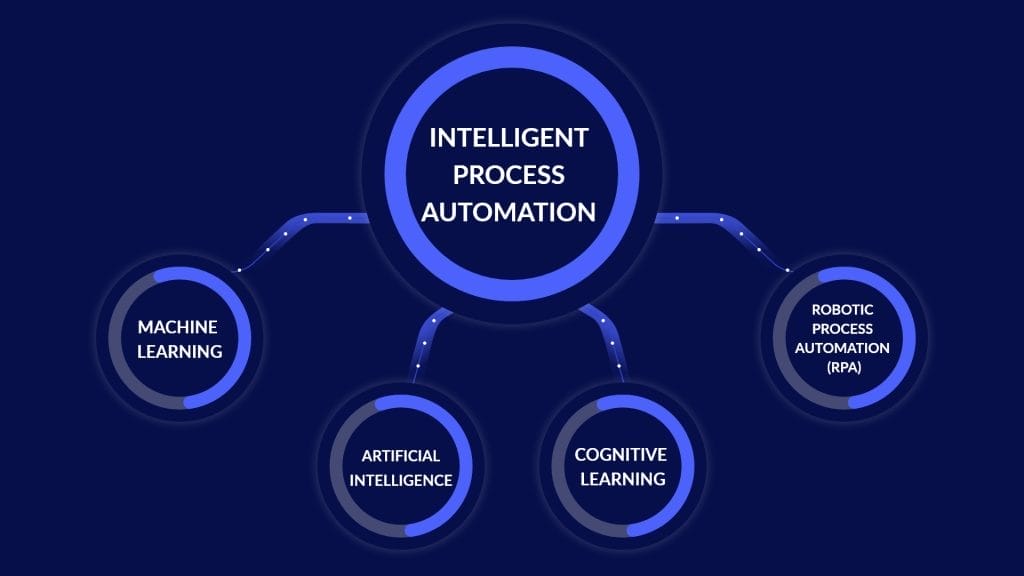The Intelligence of Optimal Control: Unlocking the Potential of Decision-Making Systems
April 16, 2025 2025-04-11 10:26
The Intelligence of Optimal Control: Unlocking the Potential of Decision-Making Systems
Optimal control is a powerful concept in both engineering and economics, used to determine the best way to control a system while minimizing costs and maximizing efficiency. By drawing upon mathematical models, optimal control theory helps to find the most effective strategies for managing dynamic systems over time. Whether in robotics, autonomous vehicles, or energy systems, the intelligence behind optimal control is driving advancements in decision-making systems that significantly impact industries and everyday life.
What is Optimal Control?
Optimal control theory deals with finding the control laws for a dynamic system over time. A “dynamic system” is any system that changes with time, such as the motion of an aircraft, the flow of electricity through a circuit, or even the human body’s metabolic processes. The goal is to determine the control inputs (such as steering in a car or fuel input in a power plant) that will lead to the best possible outcome, often defined by a performance measure like cost, time, or energy.
The Components of Optimal Control
-
State Variables
State variables represent the system’s condition at any given time. For example, in a vehicle, the state variables might include position, velocity, and acceleration. In a financial system, state variables could represent asset prices or market conditions. Understanding the state of the system is critical for determining the best control actions. -
Control Variables
These are the inputs that can be manipulated to affect the system. For a self-driving car, control variables might include the steering angle, speed, and braking force. In manufacturing, they could involve adjustments to temperature, pressure, or speed to optimize production. -
Objective Function
The objective function defines the goal of the system, which is usually to maximize or minimize something—such as minimizing fuel consumption, reducing costs, or maximizing productivity. The objective function provides the framework for evaluating the effectiveness of different control strategies. -
Constraints
Constraints represent limitations that the system faces, such as physical limits (e.g., maximum speed or power) or safety requirements (e.g., the need to stay within a certain temperature range). These constraints must be taken into account to ensure that the control strategy is feasible and practical.
The Intelligence Behind Optimal Control
Optimal control requires a combination of mathematical theory and computational intelligence to solve complex real-world problems. The theory often involves solving differential equations that describe how the system evolves over time. However, the complexity increases when dealing with large systems or systems with multiple variables.
Advanced algorithms, such as dynamic programming and model predictive control (MPC), are often used to solve these problems. These methods allow systems to make decisions based on current states and future predictions, adjusting dynamically to optimize performance over time.
Applications of Optimal Control
-
Autonomous Vehicles
In autonomous vehicles, optimal control plays a critical role in path planning and vehicle maneuvering. The vehicle’s state variables, such as position and velocity, are continuously monitored, and control inputs like steering, acceleration, and braking are adjusted to navigate the vehicle safely and efficiently. -
Energy Systems
Optimal control is used in energy systems to minimize fuel usage and optimize the operation of power plants. For example, it can be used to control the flow of electricity in a grid, ensuring that energy supply and demand are balanced while minimizing costs and environmental impact. Similarly, in renewable energy systems, optimal control helps to manage the storage and distribution of solar and wind power, optimizing efficiency. -
Robotics
In robotics, optimal control is essential for planning movements and actions. Robots use sensors to monitor their state and apply control inputs that allow them to perform tasks such as picking up objects, moving through space, or assembling parts. The optimization process ensures that these tasks are performed in the most efficient way, considering time, energy, and other constraints. -
Healthcare
Optimal control theory is being applied in healthcare, particularly in the management of chronic diseases. For example, it can be used to control the delivery of insulin in diabetic patients by optimizing the timing and dosage to maintain blood glucose levels. Similarly, it can be used in medical robotics, such as robotic surgery, to improve precision and minimize risks. -
Finance
In finance, optimal control is used in portfolio optimization, where the goal is to maximize returns while minimizing risk. By adjusting investment decisions over time based on market conditions, financial systems can make informed decisions that improve long-term profitability and stability.
Benefits of Optimal Control
-
Efficiency
Optimal control ensures that systems operate in the most efficient manner possible, using the least amount of resources (time, energy, or money) while still achieving the desired outcome. This leads to cost savings and better resource management. -
Adaptability
Since optimal control systems often rely on real-time data, they are highly adaptable. As conditions change, the system can adjust its control inputs to maintain optimal performance, making it ideal for dynamic environments. -
Improved Decision-Making
By relying on sophisticated algorithms and mathematical models, optimal control provides more accurate and data-driven decisions than human intuition alone. This leads to better outcomes in applications ranging from robotics to energy management. -
Reduced Risk
Optimal control strategies help to minimize risks by carefully considering constraints and adjusting control actions to avoid undesirable outcomes. This is particularly valuable in high-risk applications like autonomous driving or healthcare management.
Challenges in Optimal Control
While optimal control is a powerful tool, it is not without its challenges:
-
Computational Complexity: Solving optimal control problems for large or complex systems can be computationally expensive. Advanced algorithms and high-performance computing are often required to tackle these issues.
-
Modeling Accuracy: The effectiveness of optimal control depends on the accuracy of the models used to represent the system. Any inaccuracies in the model can lead to suboptimal decisions and outcomes.
-
Real-Time Constraints: In many applications, such as autonomous driving or robotics, decisions must be made in real-time. This requires algorithms that can process large amounts of data quickly and respond instantaneously.
Conclusion
The intelligence behind optimal control is revolutionizing many industries by enabling systems to make decisions that optimize performance, reduce costs, and improve efficiency. From autonomous vehicles to energy management and healthcare, optimal control is a vital tool that drives technological advancements and enhances the way we live and work.
To dive deeper into the topic and see real-life applications of optimal control, be sure to watch the following video:
Optimal control is shaping the future of decision-making systems and will continue to play a significant role in solving complex problems across various fields. By leveraging this intelligent framework, we can ensure more effective and efficient systems for the challenges of tomorrow.
Related Posts
The Intelligence of Optimal Control: Unlocking the Potential of Decision-Making Systems
April 16, 2025 2025-04-11 10:26Popular Tags






























